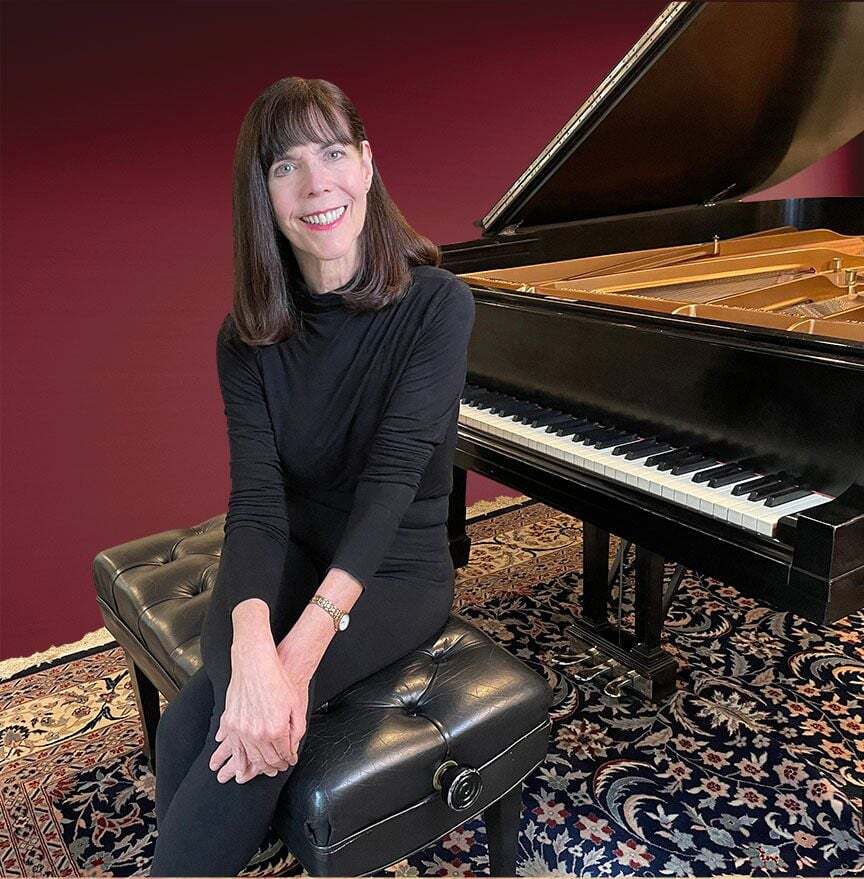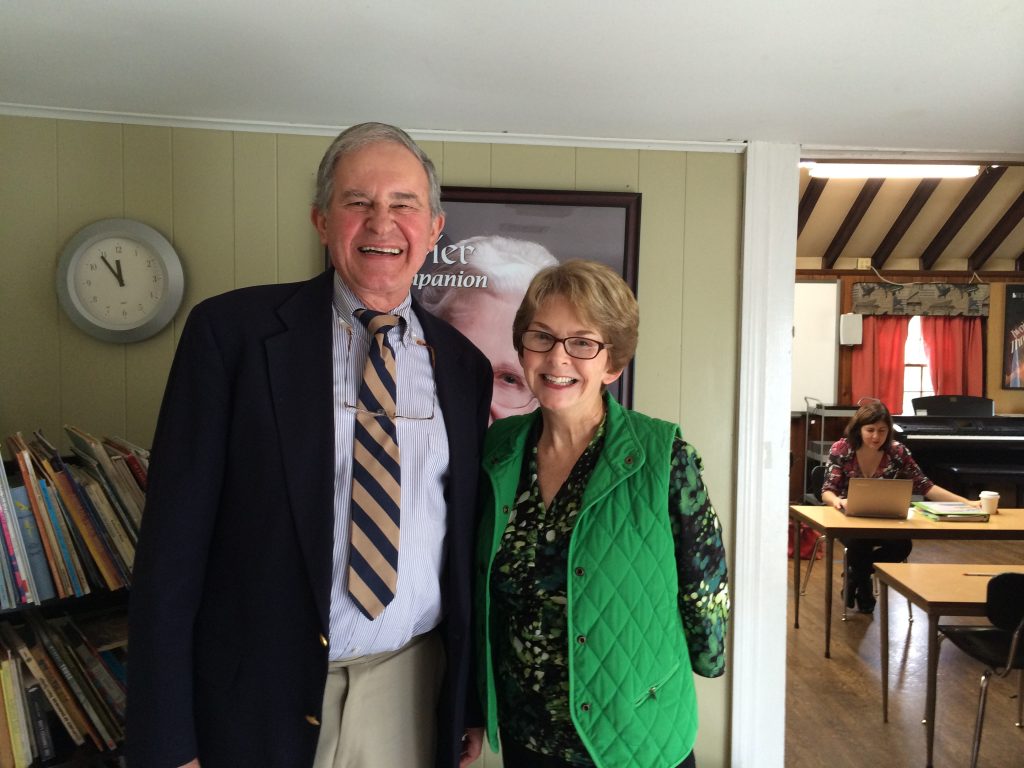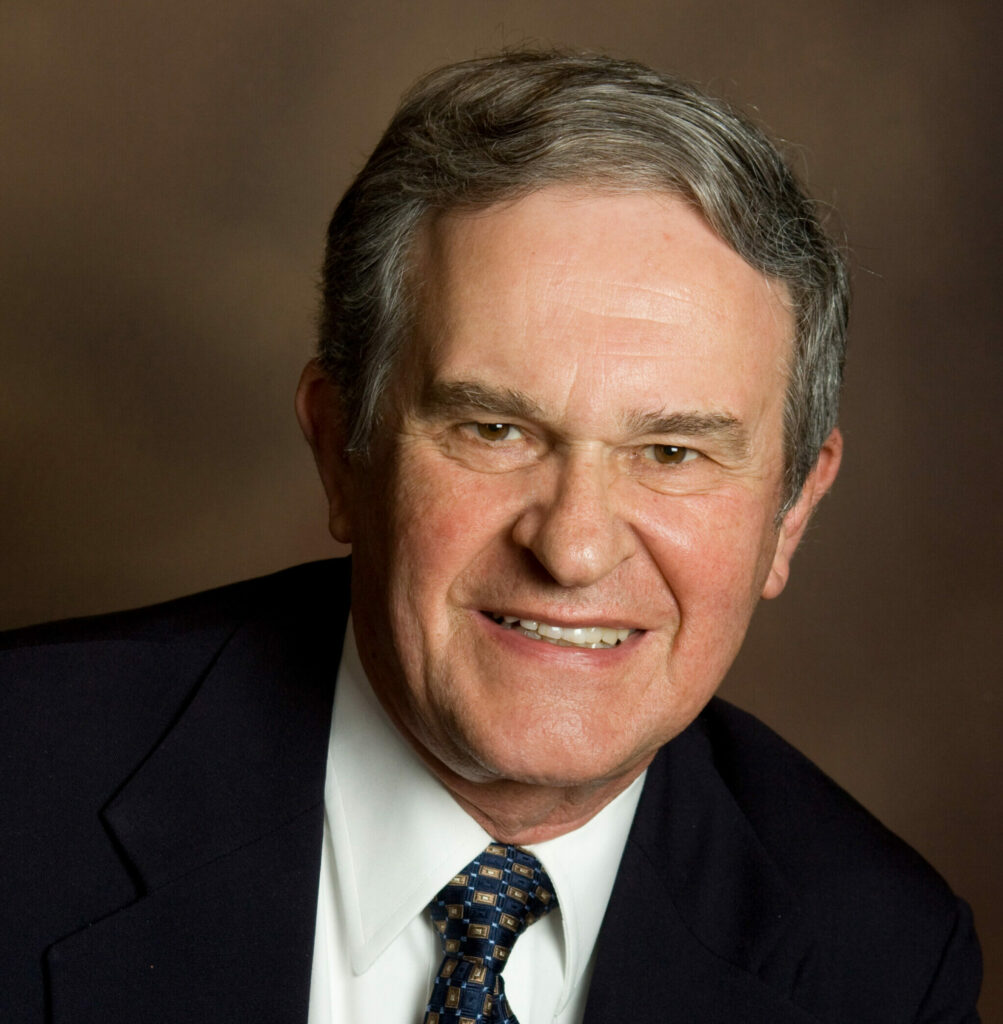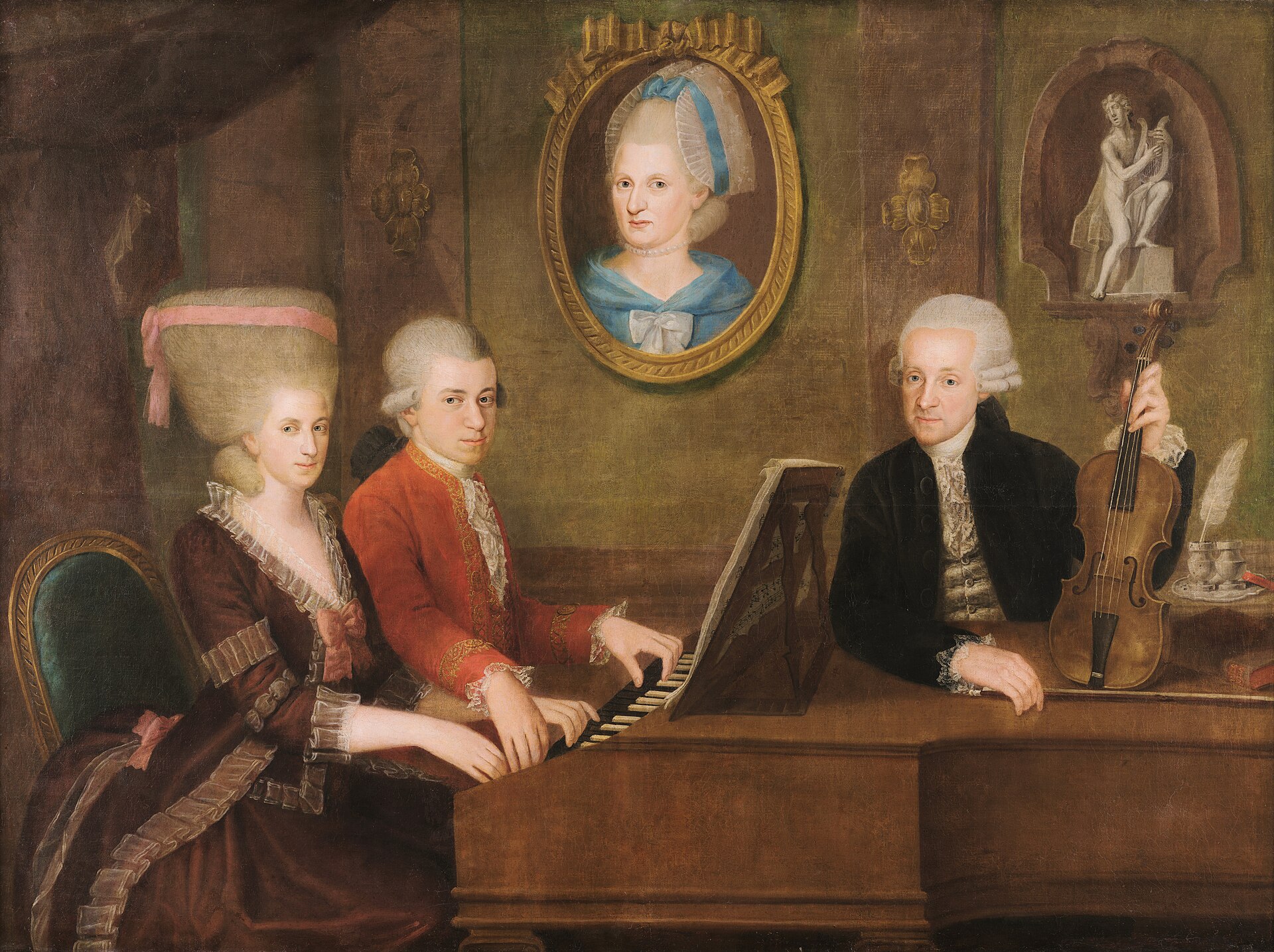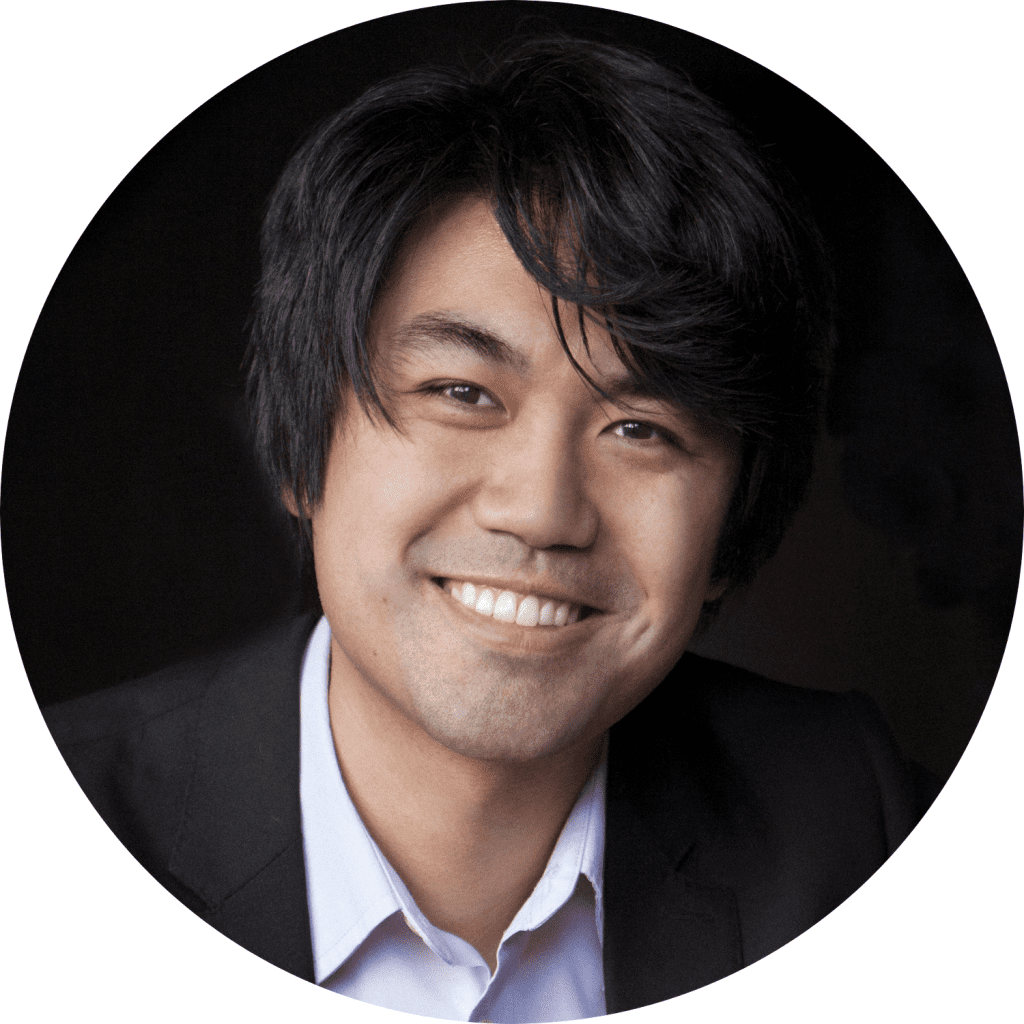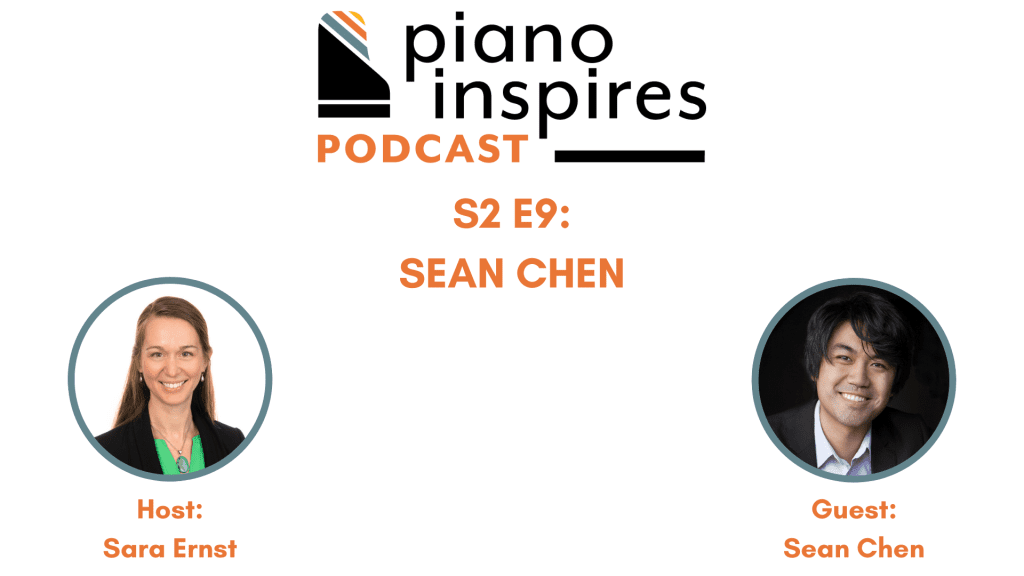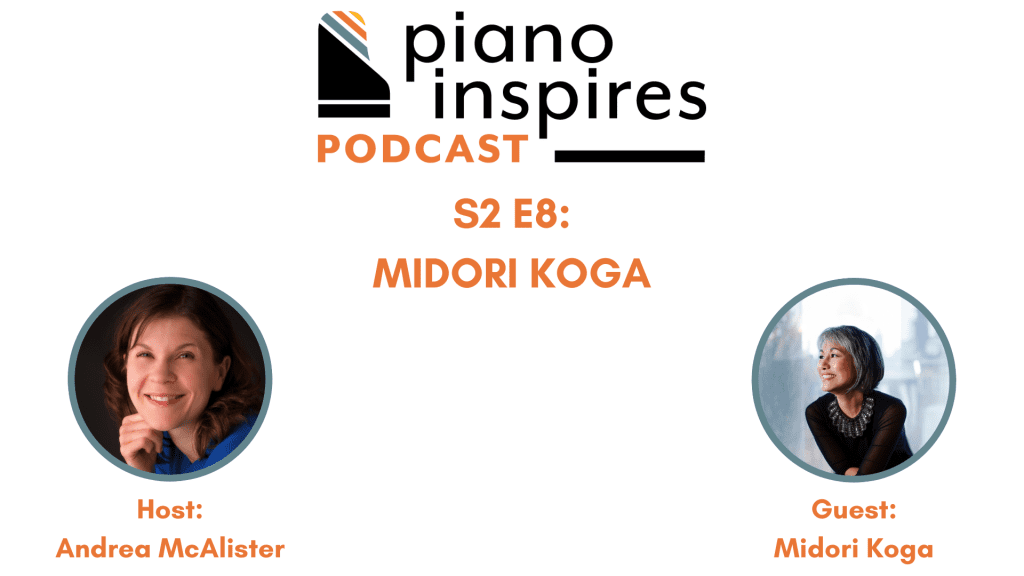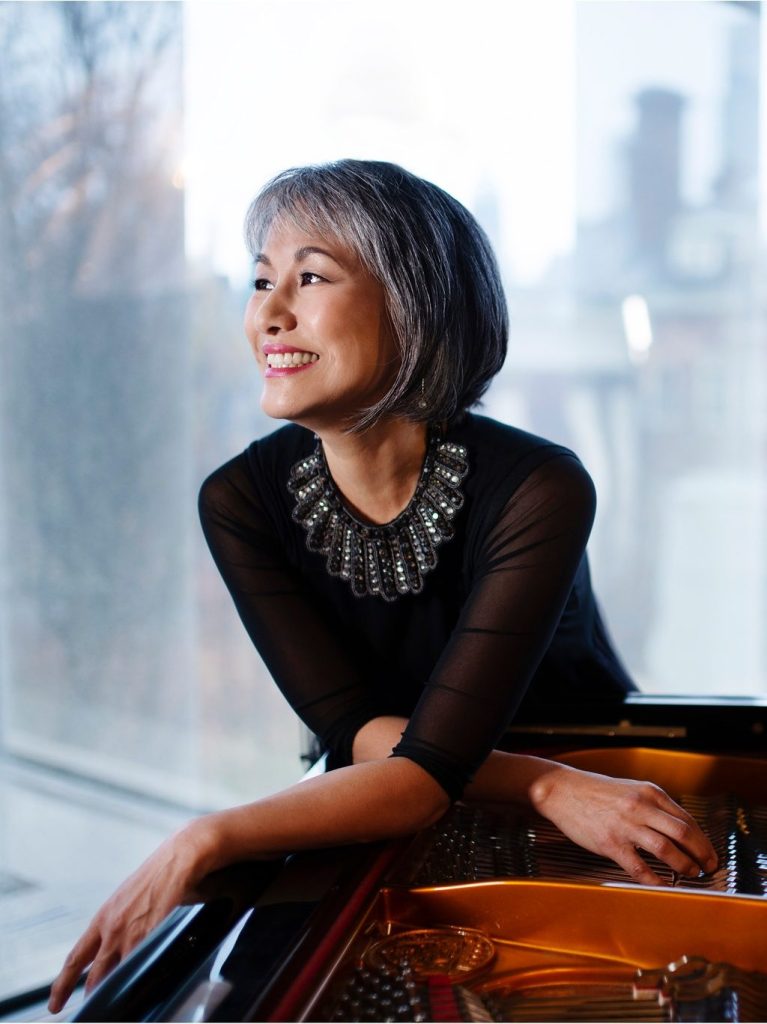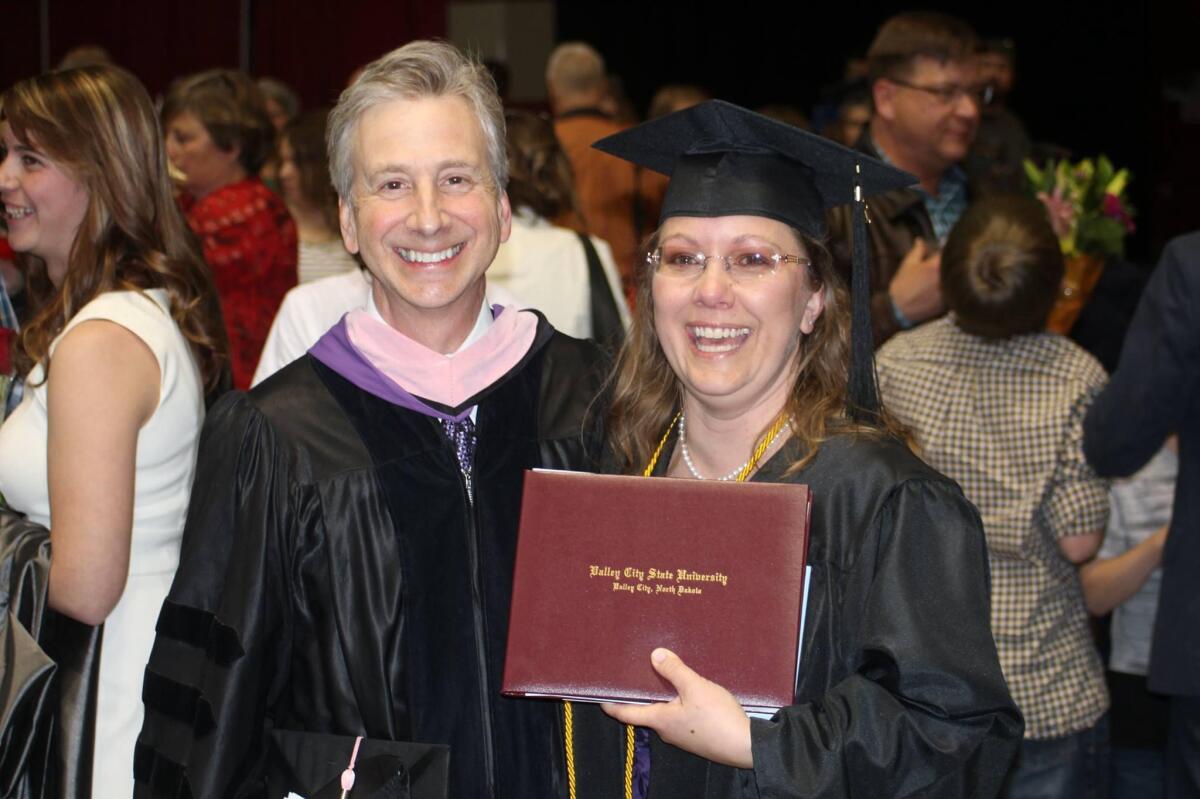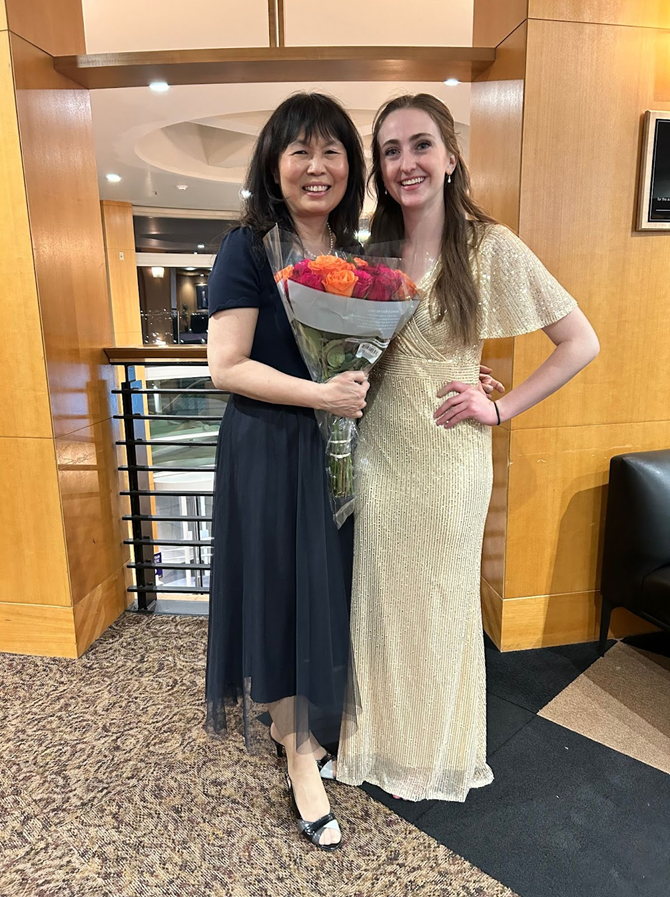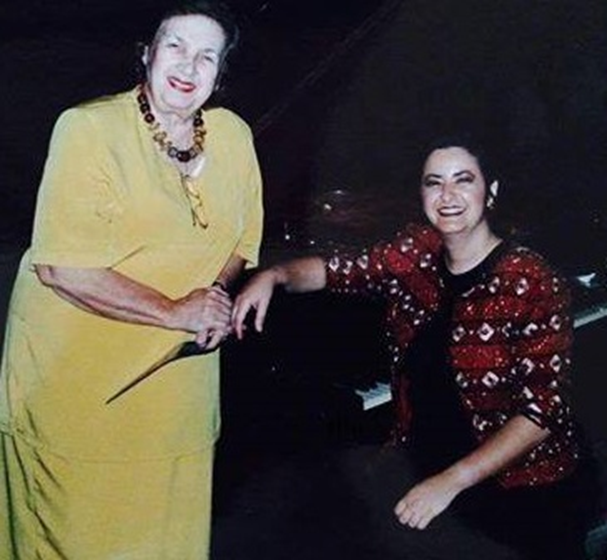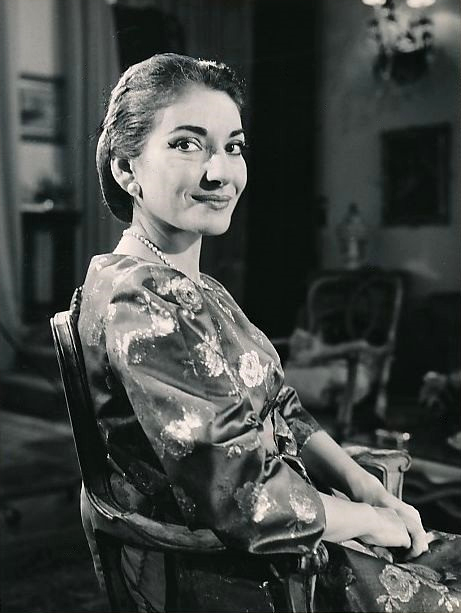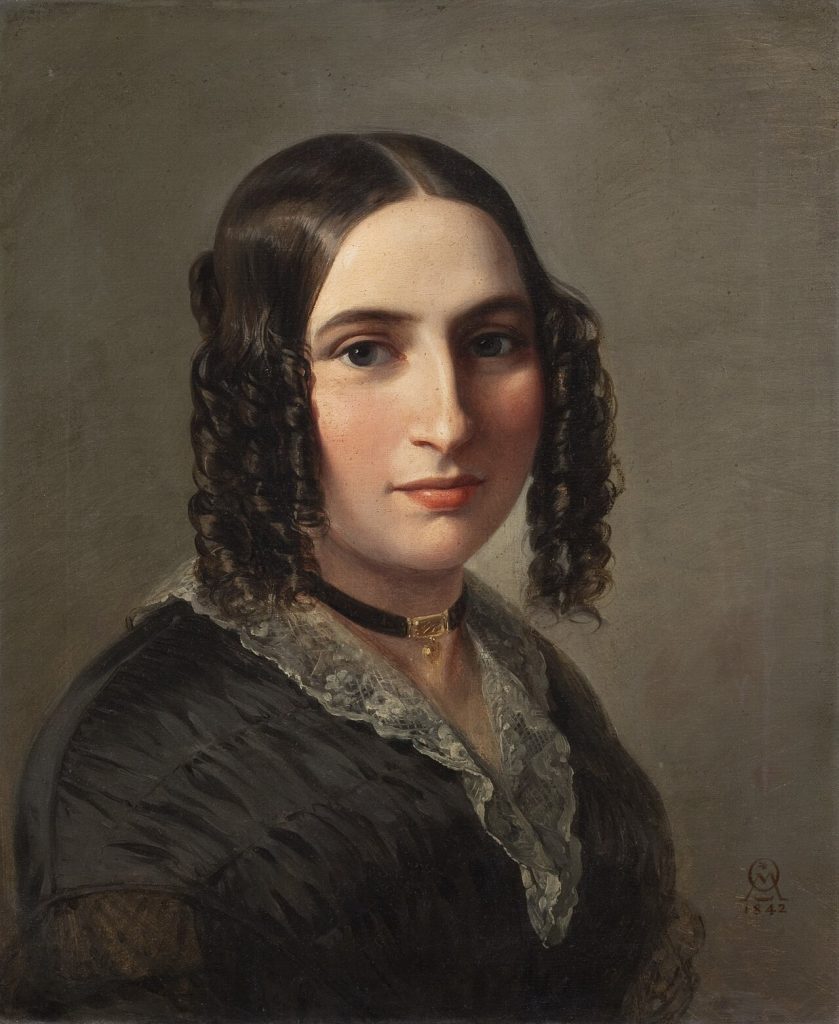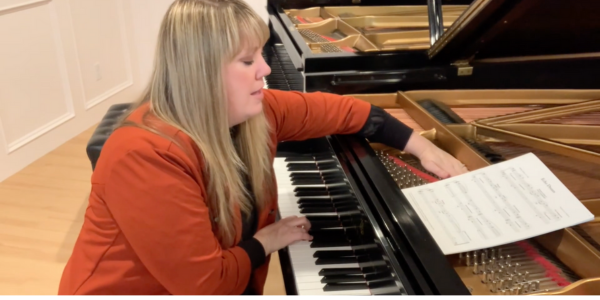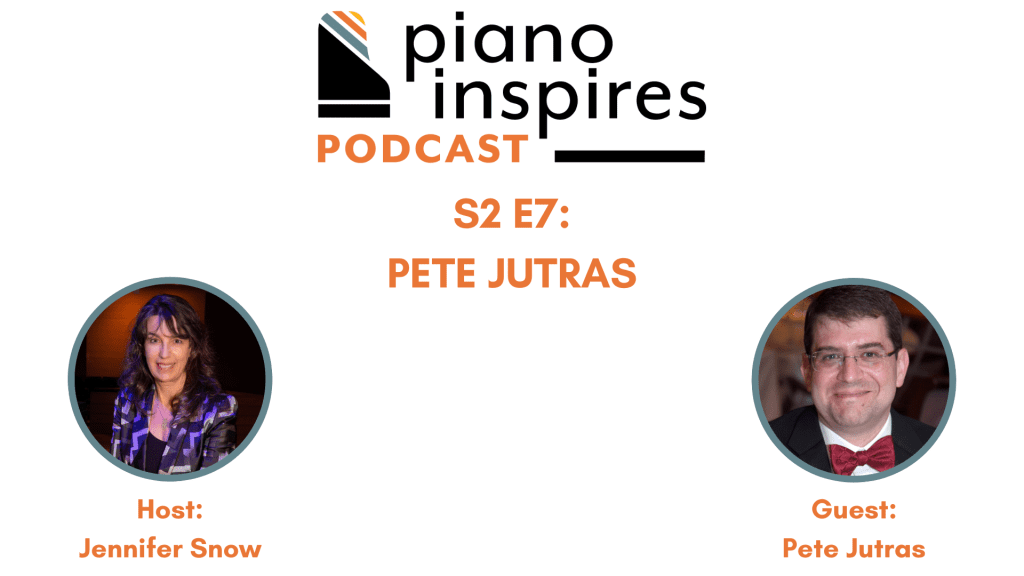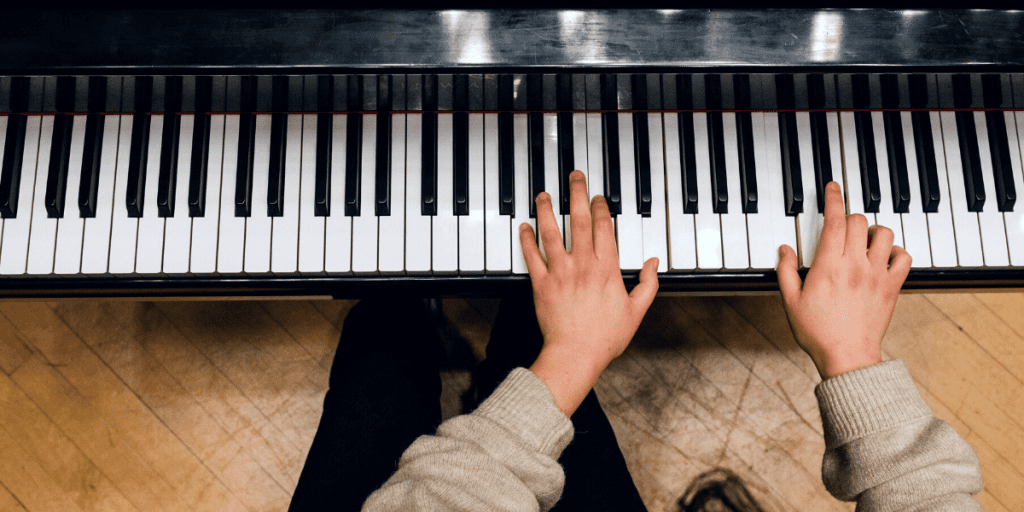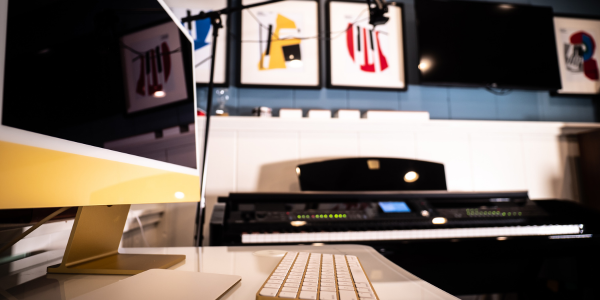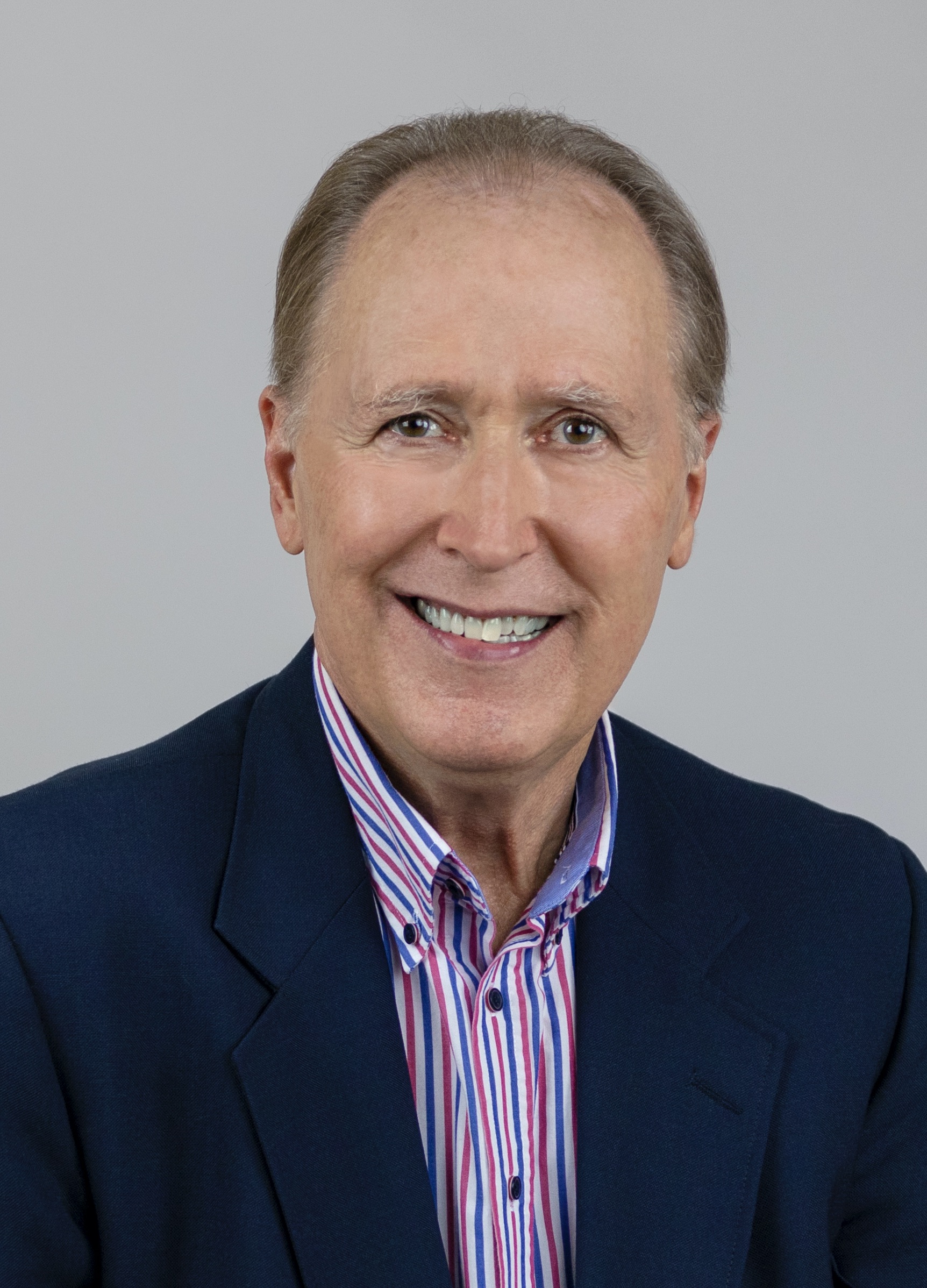To celebrate the latest episode of the Piano Inspires Podcast featuring Pete Jutras, we are sharing an excerpted transcript of his conversation with Jennifer Snow. Want to learn more about Jutras? Check out the latest installment of the Piano Inspires Podcast. To learn more, visit pianoinspires.com. Listen to our latest episode with Jutras on Apple Podcasts, Spotify, YouTube, or our website!
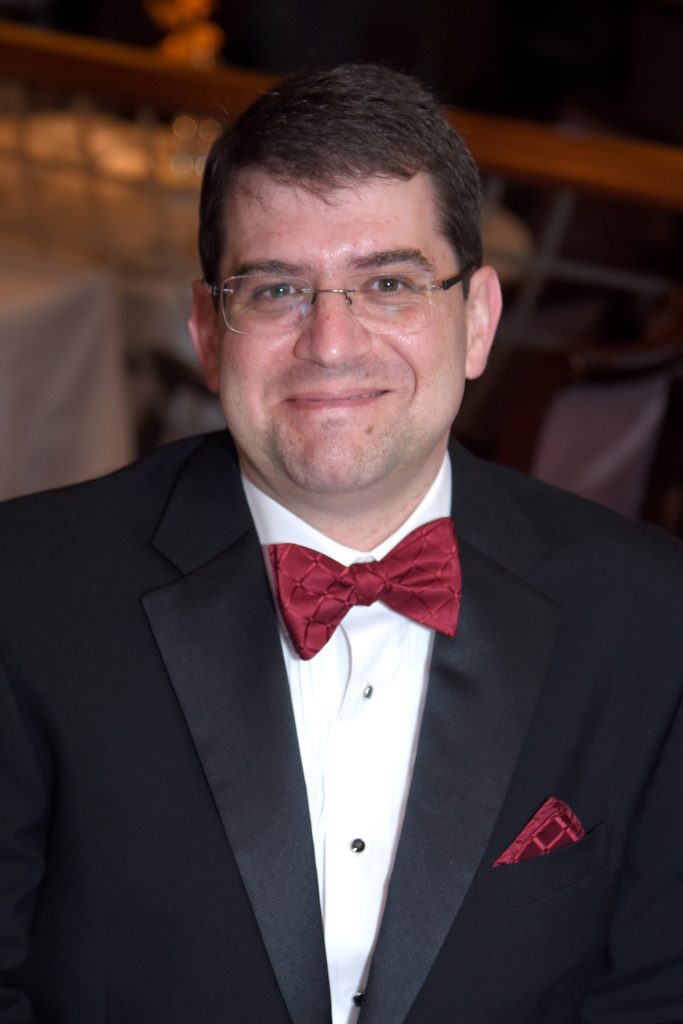
Jennifer Snow: How did [working for] the [Piano] Magazine inform you? Like that experience of expanded community, how did that change the way you perceived what you were going to do yourself, personally? All of a sudden, your exposure broadens dramatically.
Pete Jutras: Yeah, that’s an interesting question. I’m not sure I ever thought about it that way. One of the principles that was always very important to me as editor was to present a real range of ideas. I never thought the [Piano] Magazine would be any good if it was Pete’s ideas. That’s not what a magazine should be. You know, it should be the world’s ideas. And so I tried very hard to, you know, even when there were things I might have raised my eyebrows at or said, “Well, I wouldn’t really teach it that way,” I still always wanted to run that content. There’s always value in any idea, and I think the dialectic process of comparing ideas is also really valuable.
So I would say it just had a huge influence in cluing me into all the different things that were happening out there, all the different ways people were thinking and approaching teaching and studios. You know, new ideas, old ideas, different approaches. It was really valuable to have a front row seat for all of that and, you know, just see what the world was thinking.
JS: What a legacy you created also for yourself in that leadership role, because you influenced the entire field. You helped to advance and mentor a lot of people’s ideas forward because you took that attitude of ‘everybody’s voice needs to be heard.’ We need to build community, again, coming back to building community.
If you enjoyed this excerpt from Piano Inspires Podcast’s latest episode, listen to the entire episode with Pete Jutras on Apple Podcasts, Spotify, YouTube, or our website!
MORE ON PETE JUTRAS
- PIANO MAGAZINE ARTICLE: How Do You Choose Repertoire for Your Adult Students? by Michelle Conda, Pete Jutras, Diane Hidy, and Kristin Yost
- PIANO MAGAZINE ARTICLE: How do you teach students to practice memorization? by Pete Jutras and Elizabeth Lane
- PIANO MAGAZINE ARTICLE: Teaching Artistic Phrasing by Pete Jutras and Marvin Blickenstaff
- PIANO MAGAZINE ARTICLE: What Do You Do To Promote Learning Outside of The Piano Lessons? by Brenda Dillon and Pete Jutras
- PIANO MAGAZINE ARTICLE: How Do You Teach Polyrhythms? by Bruce Berr, Pete Jutras, and Sonnet Johnson
